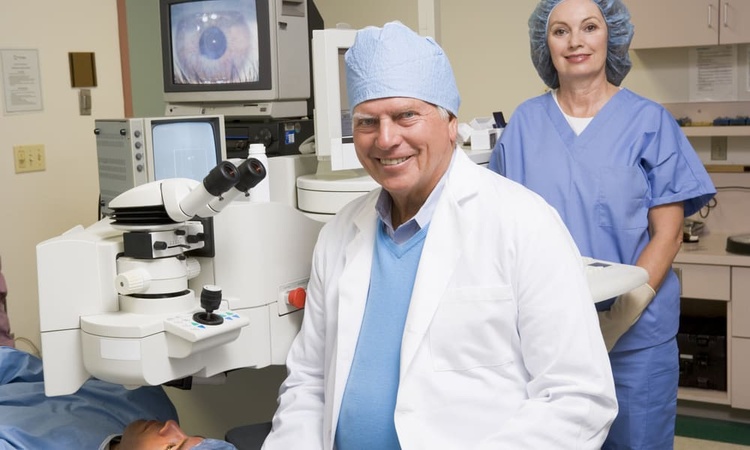Aneurysm Treatment Options and What to Expect
An aneurysm is a weakened, bulging area in a blood vessel that can occur in the brain or elsewhere. Treatment decisions depend on the aneurysm’s size, location, whether it has ruptured, and a person’s overall health. Options range from careful monitoring and medical management to minimally invasive endovascular procedures or open surgical procedures. This article explains common approaches, the roles of the clinical team, and what patients can expect in and after treatment.

This article is for informational purposes only and should not be considered medical advice. Please consult a qualified healthcare professional for personalized guidance and treatment.
What does a surgical procedure involve?
A surgical procedure for an aneurysm typically refers to open microsurgical clipping. In this approach, a neurosurgeon makes a small opening in the skull to reach the aneurysm and places a clip across its neck to stop blood flow into the sac. The operation requires general anesthesia and detailed preoperative imaging such as CT angiography or digital subtraction angiography. Risks and recovery vary by aneurysm complexity and patient health. For ruptured aneurysms, the surgical procedure may be urgent; for unruptured aneurysms, elective timing considers long-term rupture risk and procedural risk.
How does medical technology change treatment?
Medical technology has expanded options for aneurysm care. Endovascular techniques use catheters and imaging systems to access aneurysms through blood vessels, enabling coiling, stent-assisted coiling, or flow-diverting devices that redirect blood flow away from the aneurysm. Advances in imaging, navigation, and device design have reduced procedural times and broadened treatable aneurysm types. Imaging technologies also support better preoperative planning and postoperative surveillance. Decisions about using newer devices balance potential benefits with long-term data on durability and the need for adjunctive medications like antiplatelet therapy.
What happens in the operating room?
Whether open or endovascular, aneurysm treatment occurs in highly controlled environments. Open surgeries take place in a traditional operating room equipped for neurosurgery, while many endovascular procedures occur in a hybrid suite or interventional radiology lab with advanced fluoroscopic imaging. Intraoperative monitoring—such as neurological checks, angiography, and sometimes electrophysiological monitoring—helps guide treatment. Sterile technique, anesthesia management, and readiness for complications are core components. For ruptured aneurysms, the operating room workflow often prioritizes stabilizing intracranial pressure and securing the aneurysm quickly.
Who makes up the medical team?
A multidisciplinary medical team collaborates on aneurysm care. Typical members include neurosurgeons, interventional neuroradiologists, anesthesiologists, critical care physicians, and specialized nursing staff. Rehabilitation therapists, neuropsychologists, and social workers may join for recovery planning. Preoperative conferences often include imaging review and risk discussion among specialists. Communication across the medical team is essential for coordinating timing, perioperative medication (for example, antiplatelet therapy for stents), and post-procedural monitoring. For patients seeking local services or referrals, primary care physicians or neurologists can direct them to appropriate specialists in your area.
What medical equipment is used?
Medical equipment for aneurysm treatment spans imaging systems, microsurgical tools, and endovascular devices. High-resolution CT and MR scanners, digital subtraction angiography units, biplane fluoroscopy, and intraoperative ultrasound or indocyanine green angiography are commonly used. In open surgery, microscopes, microsurgical instruments, and aneurysm clips are standard. Endovascular treatments use microcatheters, detachable coils, stents, and flow-diverters, alongside guidewires and hemostatic devices. The selection of medical equipment is dictated by aneurysm anatomy and chosen approach; hospitals offering both open and endovascular care typically maintain a broader inventory of devices and imaging capability.
Aftercare and follow-up considerations
Recovery and follow-up depend on the treatment approach and whether the aneurysm ruptured. Typical aftercare includes neurological observations, blood pressure management, and imaging follow-up—often with MR angiography or repeat catheter angiography at set intervals—to ensure the aneurysm remains occluded. Patients who receive stents or flow-diverters may require antiplatelet therapy for a prescribed period. Rehabilitation services address mobility, speech, or cognitive needs after significant events. Long-term care includes managing vascular risk factors such as hypertension, smoking cessation, and cholesterol control, which can reduce future vascular risks.
Conclusion
Aneurysm treatment involves a spectrum of options tailored to aneurysm characteristics and patient factors, ranging from monitoring to open surgical procedures and endovascular interventions. Advances in medical technology and specialized medical equipment have expanded treatment possibilities, while coordinated medical teams across operating room settings work to provide safe care. Ongoing follow-up and risk-factor management are important parts of achieving durable outcomes.






